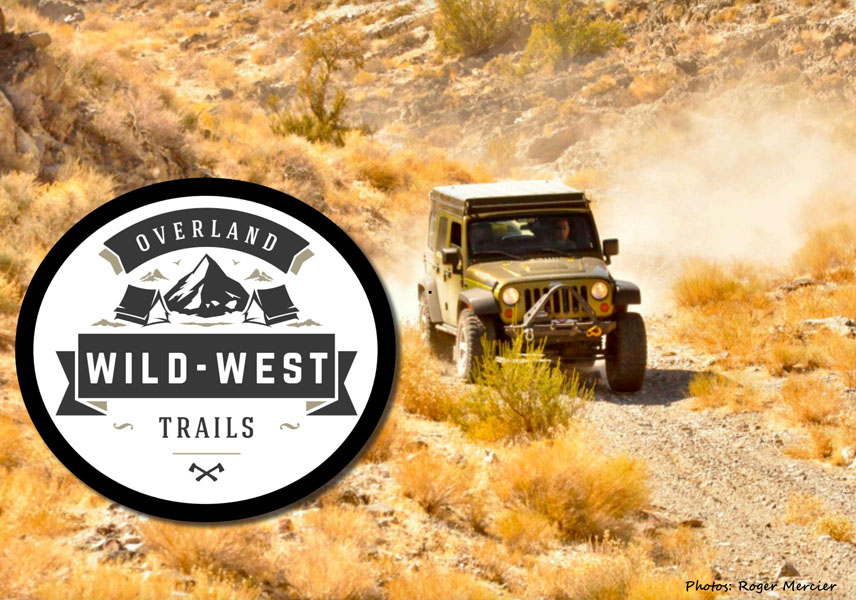 This is a treasure hunt, but for history, not for gold”
This is a treasure hunt, but for history, not for gold”
The USA is criss-crossed by over 164,000 miles of highway – part of the 4 million miles of the public road network. This is fantastic if you want to drive to any location, but it has relegated the original ‘roadways’ or routes of the Wild West to little more than stories, best experienced via Hollywood movies. Most of the paths are lost, overgrown or simply have faded away in vast, remote swaths of land throughout the country.
Roger Mercier is the man behind @Scoutoverland on Instagram, an account worth checking out by anyone interested in the original Overlanders of North America. When we say ‘original Overlanders’, we’re referring to the pioneers who traveled across the country on horseback, with wagons or even on foot. No Landrovers, no Jeeps, not even Model-T Fords – these were the people who crossed America in the 1800’s.
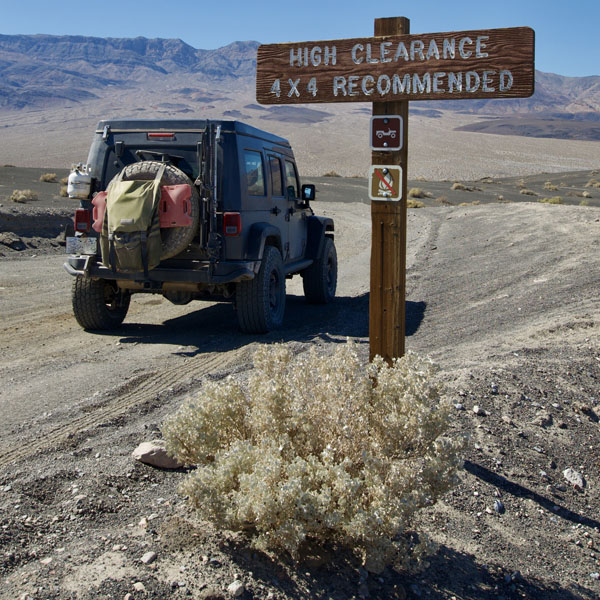
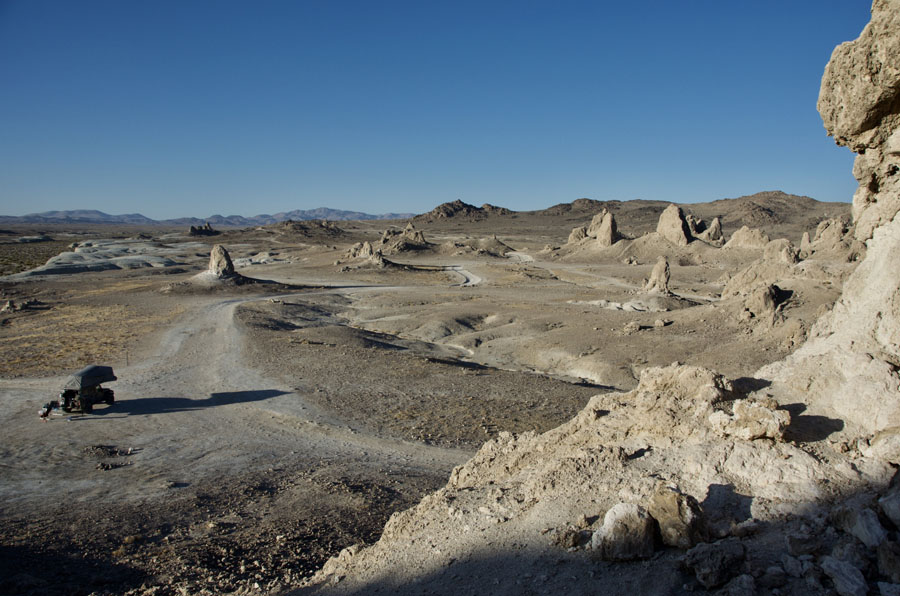
Roger’s interest started a few decades ago, when he would travel to Las Vegas on business, where he kept his own Jeep Wrangler for weekend (sometimes week long) forays into the open lands of Nevada, Idaho and Montana. These are states with massive amounts of unrestricted land, where it’s perfectly legal to turn off the highway and drive on dirt in whatever direction you choose – there’s simply very little private land to get in your way. “I enjoyed finding and exploring old, abandoned buildings – wondering about their history. When you travel by yourself, you get to stop where you want, when you want and really get to see a lot more”, stated Roger during our interview.
As he discovered more forgotten landmarks, buildings and locations, Roger started researching where old stage roads might have been located, routes the Pony Express had taken as well as other famous routes such as the Oregon Trail and the California Trail. He used historical Pony Express maps, combined with any other information charting the paths from old mines to the ghost towns, which are dotted around the Western states.
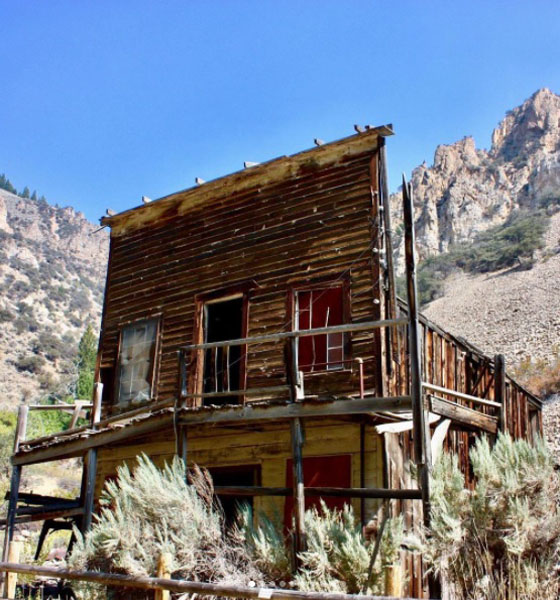
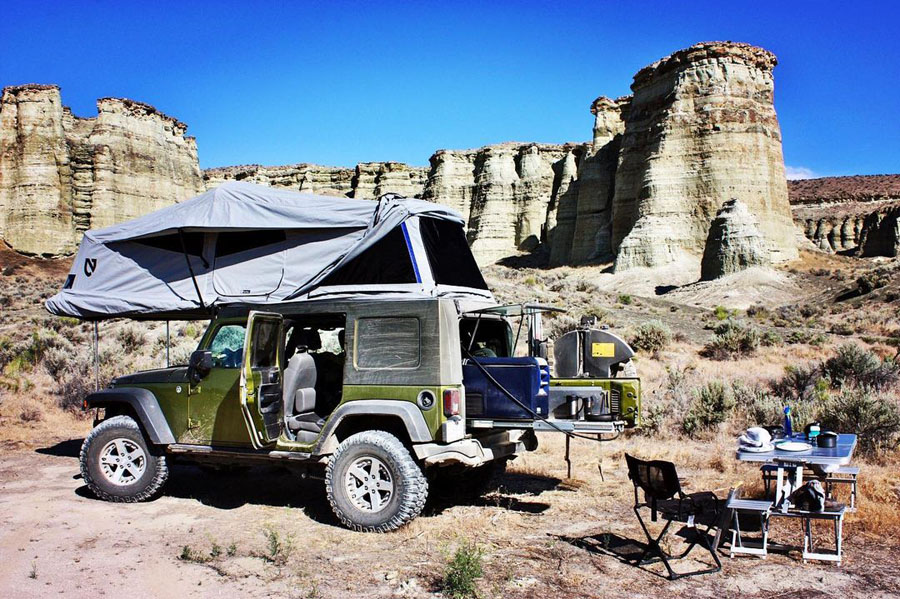
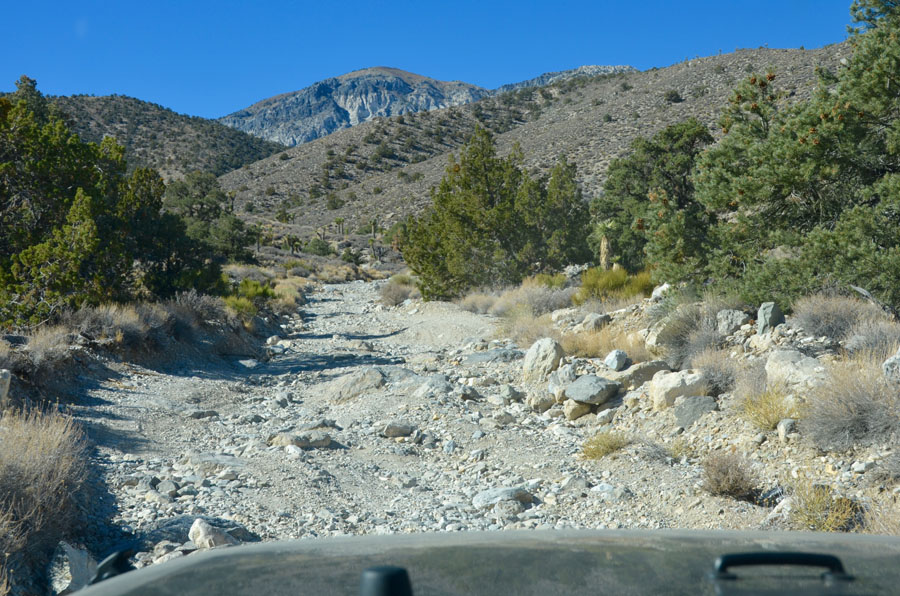
With a considerable amount of information, gleaned from years of exploring and research, Roger mapped an off-road route from Canada to Mexico – that’s 4,500 miles primarily of dirt road (approx 73% of the route). He decided to celebrate his retirement by traveling all the prescouted segments in one continuous journey. This trip was not for the sake of just driving on dirt roads, it was to find and follow the history of these amazing routes – an attempt to relive the struggles, hardships and achievements of the original travelers, albeit in a Jeep rather than on the back of a horse.
Roger has compiled so much information on this route, so many amazing pictures (which he has mirrored with old photos for comparisons of ‘now vs then’), we absolutely recommend you check out his site www.overlandfrontier.com.
We asked him to share his favorite points of interest from his trip (we don’t have enough space to cover all 4,500 miles…). His first recommendation for anyone thinking of trying this route: The Skyline Tram and Ghost Mine in Idaho. Built in 1883, much of the tram and surrounding mill structures are still standing. With the ghost town of Bayhorse sitting nearby, it’s a rewarding place to visit. The town is now protected and open to the public.
Another favorite? The Owyhee desert – a back door to Black Rock Desert, the California Trail, Applegate Trail, the Overland Mail Trail and Pony Express. The depth of historical information on Roger’s Instagram feed on the Owyhee desert is incredible. There are details of native American tribes who lived in the region, their run-ins with white men and who used these trails, who was killed on the trails … hours and hours of reading.
We asked the question that pretty much everyone asks Roger – can we get a map of the entire route. The answer? No. However, when he explains why, it makes a lot of sense.
First of all, many of the historical sites and ruins are now delicate, meaning if large numbers of visitors were to bulldoze through, some of these relics could be destroyed.
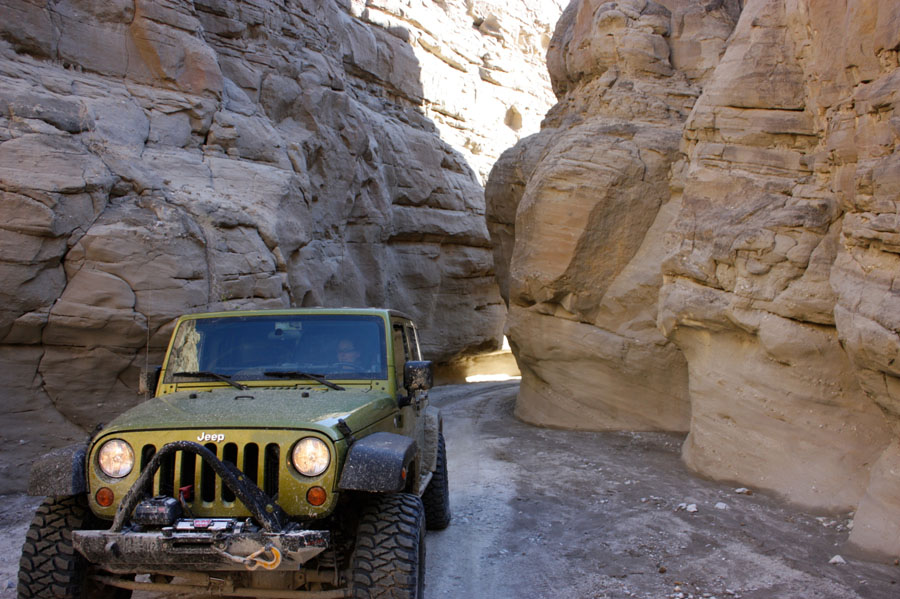
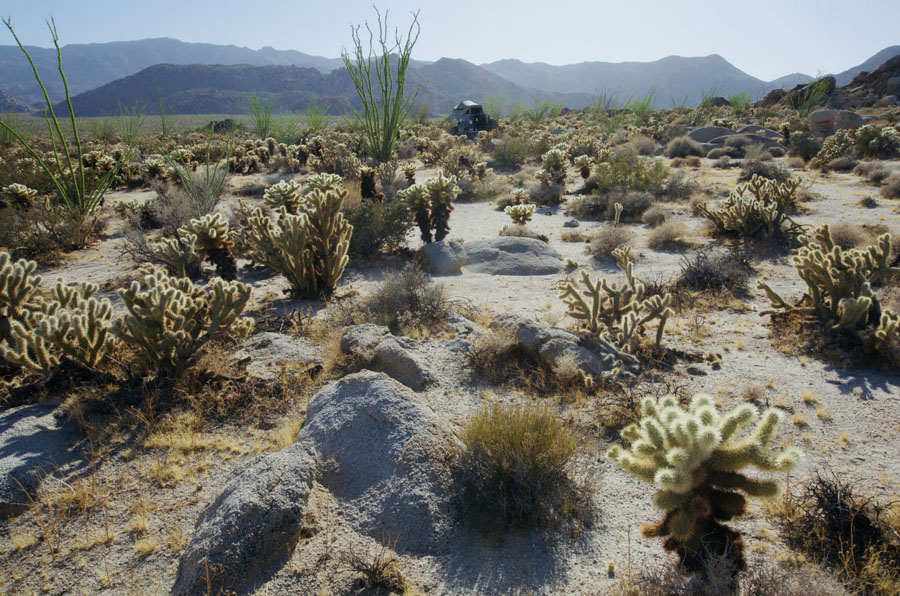
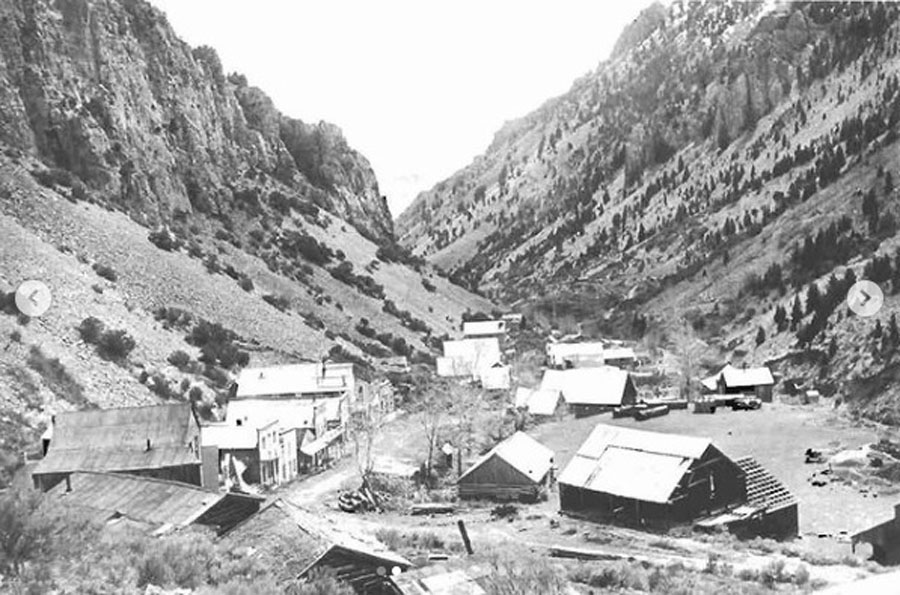
Another reason is the information is already out there, it’s the challenge of putting the puzzle together is what makes this 4,500 mile route so rewarding, if you can figure it out. USGS maps provide details of the original Pony Express routes, with some of the routes even having physical markers dotted along the way, to reassure overlanders they are on the right track. Roger’s website and Instagram feed also provide enough information for any experienced overlanders to easily find and follow the route.
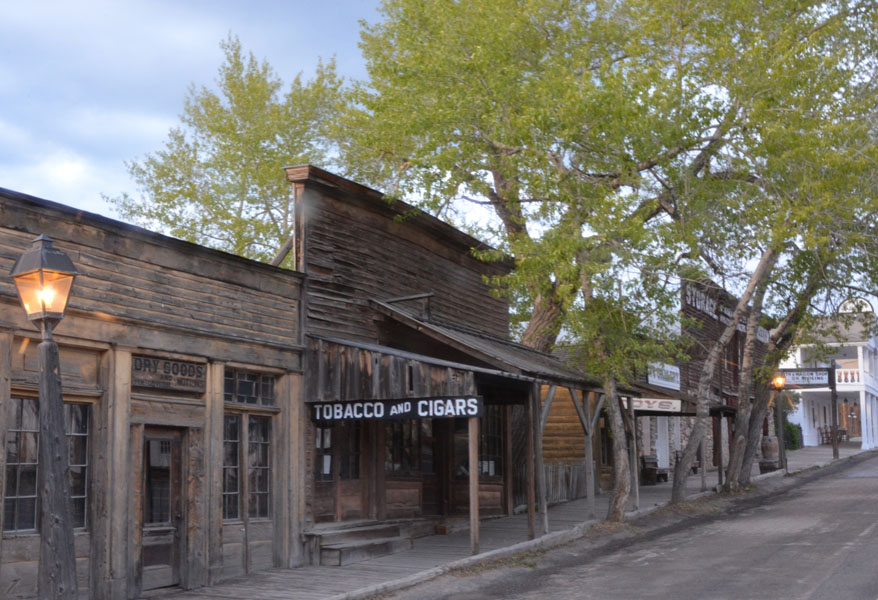
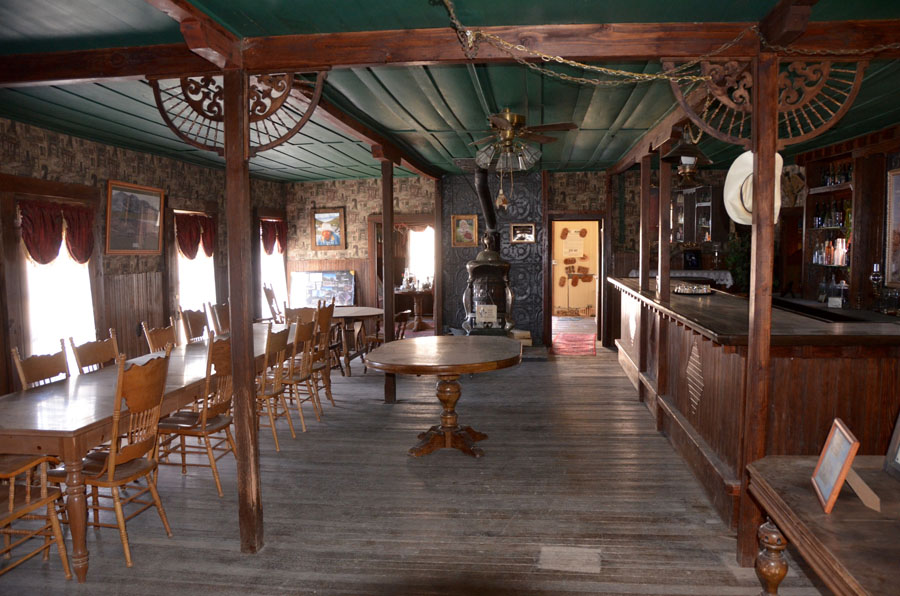
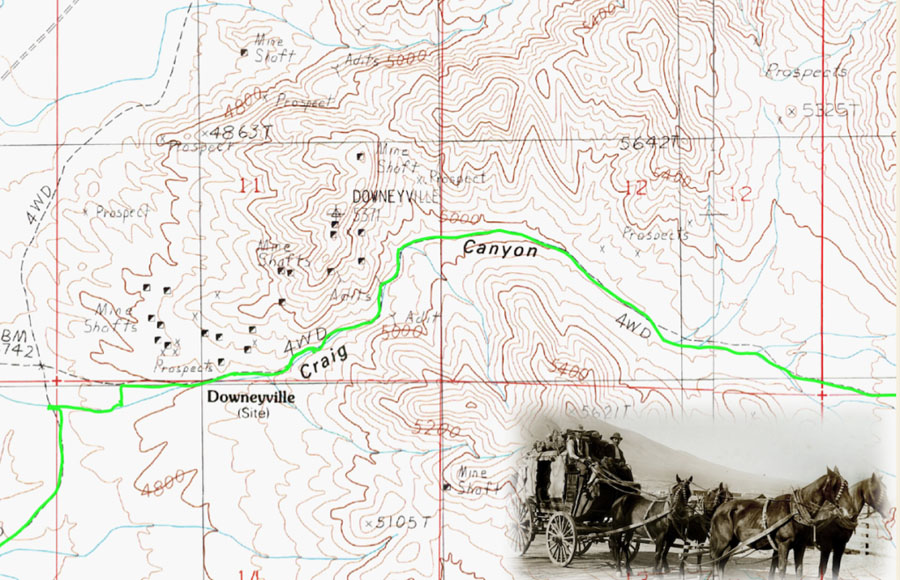
This brings us to the primary reason he doesn’t want to make it too easy: Anyone attempting this route needs serious experience in remote, off road travel. During any part of the route, a traveler could be hundreds of miles from any civilization, or from help in the event of an incident or breakdown. There’s no tow truck service, no ambulance and no water in many of these remote regions. Additionally, simply being able to follow a map will not help an inexperienced overlander enjoy the route, as sections can become impassible due to rockslides or flooding – anyone attempting this route needs to have the ability to navigate in the wilderness, then find their way back to the chosen path, no matter how far an unexpected detour takes them.
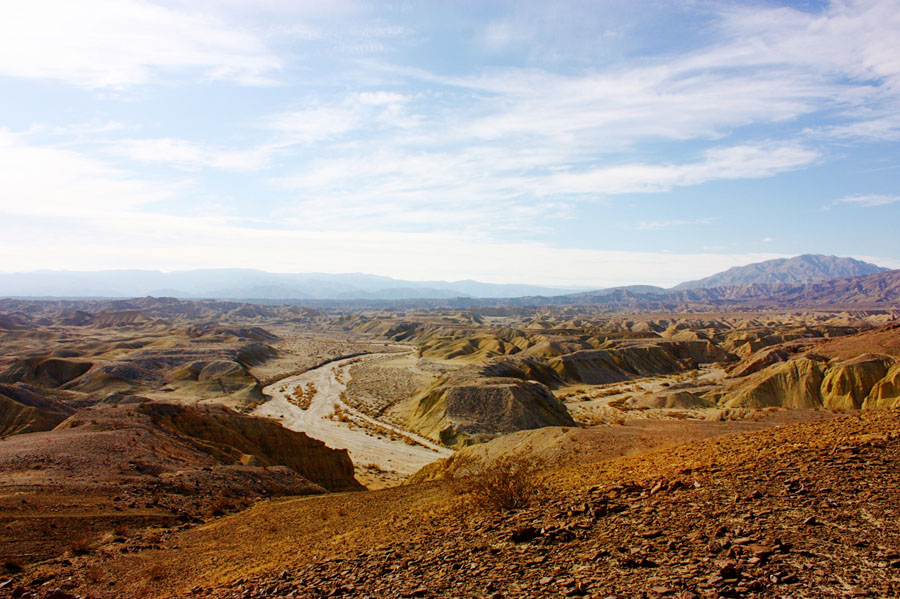
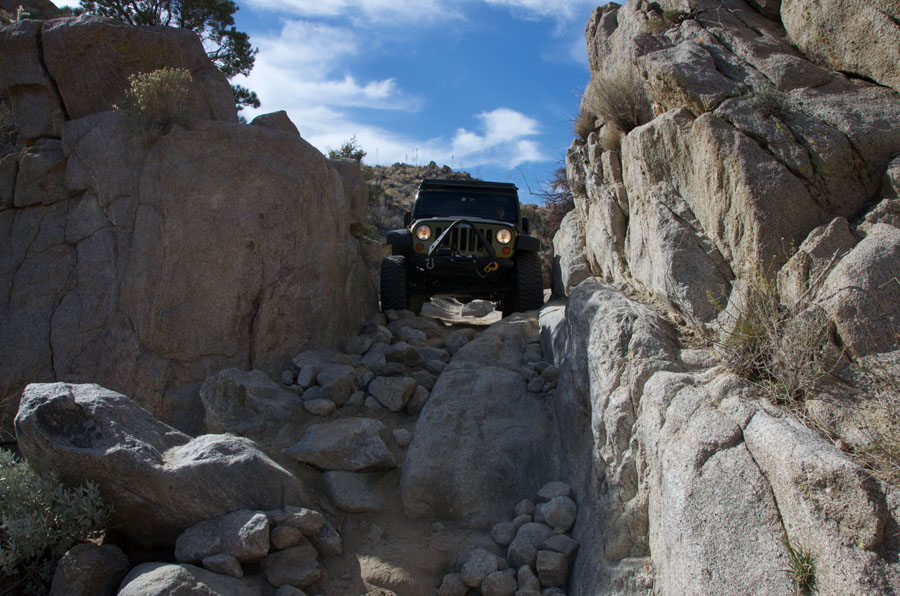
On the plus side, experience can be obtained over time, especially if anyone who is willing, takes some off road driving skills training. Traveling in groups of 2 or more vehicles is advisable and if planning on being off-grid for a couple of days or more, figure out how much water you think you need, then multiply by 10. Roger recommends that at any one time, an overlander following his route should have the equivalent of one months worth of food and water in their vehicle.
If you are planning an overlanding trip in the US sometime soon, check out @scoutoverland on Instagram, or visit Overlandfrontier.com …. At the very least, it’ll inspire you to research, find a great trail, know it’s history and enjoy your 4×4 in the terrain it was designed for.

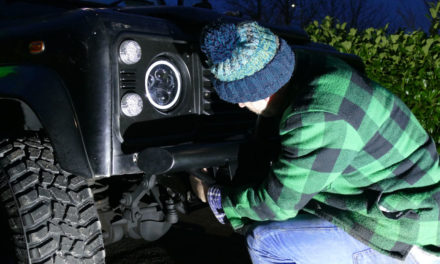
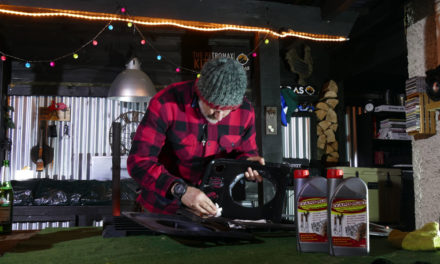
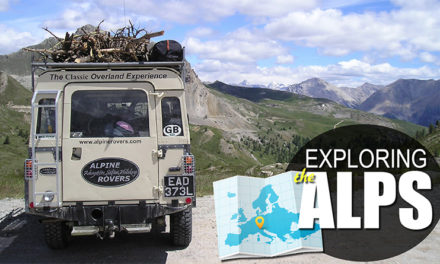
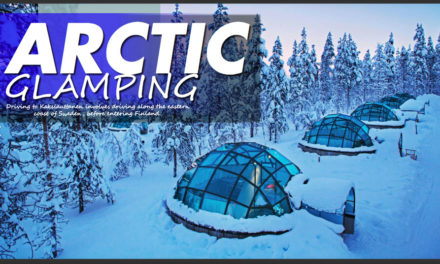
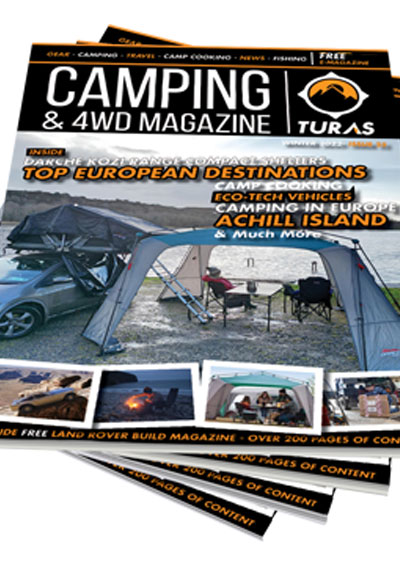

Recent Comments